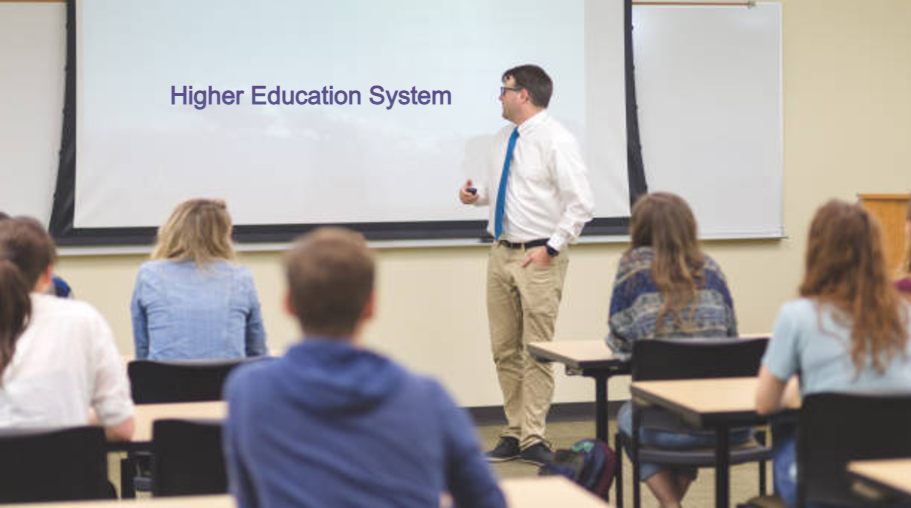Higher education disseminates knowledge and innovation, which are crucial in promoting economic development. Largely, the economic, cultural, and social growth of a country is associated with the quality of education. Therefore, governments have the responsibility of ensuring a more sustainable education system. Unfortunately, higher education in the US is no longer sustainable.
This post highlights serious reasons why US higher education is not sustainable. Keep reading to find out the issues that the current government must address to reinstate sustainable higher education in the US.
1. The Abusive Costs of Higher Education
Higher education in the US is expensive; no one will deny that. A study has shown that between 2007 and 2017, the tuition fee rose 26% at the private colleges and 37% at the public colleges. Those rates rise by over 120% and 200% respectively, when comparing the current tuition with more than three decades ago. With the increasing cost of higher education, low and middle-income students are seeking more sustainable options within the European Union and the United Kingdom, where they can acquire high-quality education at substantially lower costs.

While higher education is an invaluable commodity, the rising cost of academia is making education non-sustainable. The government needs to look for ways to control the cost of higher education.
2. Student Debt Crisis
The current student debt crisis provides proof that the current higher education system is non-sustainable. As more students enroll for the already overpriced higher education, the students apply for student loans. The loan balances are insanely high and ends up becoming a problem to repay.
By this account, the Millenials are notably a student debt generation. The accumulated student loan has reached slightly above $1.6 trillion. Therefore, it is clear that student debt exceeds the accumulated car loans and even credit card debt. This is a crisis, as the student loans will take decades to repay, while others will end up into bad debt accounts.
The black-white disparity in student loan debt has tripled. The increase indicates serious inequalities in the system, further illustrating that the current education system is not sustainable. Ideally, the graduate school borrowing leads to black graduates holding nearly $53,000 in student loan debt, which is almost twice their white counterparts. Amidst the concern over the rising student debt crisis, racial disparities continue to manifest in the current education system, creating inequalities in the system.
3. Students Loan have Health Impact on Students
The inability to repay the student loan due to the current economic crisis and high unemployment rates creates a health impact on students. Students with unpaid loans are at higher risks of depression and stress. Further, these students have to work for more hours in order to clear the loans within the agreed timelines. Due to financial concerns, these students experience poor sleeping habits, which results in burnout.
Conclusion
There is a serious need to change the paradigm, in order to create a more sustainable education system. The government should work towards lowering the cost of higher education. This includes considering free education for all students eligible for higher education.
- Sarah Ross, Jennifer Cleland, and Mary Joan Macleod, (2006), Stress, debt and undergraduate medical student performance. Wiley Online Library
- Darrick Hamilton and Naomi Zewde,(2020), Promote economic and racial justice: Eliminate student loan debt and establish a right to higher education across the United States. Equitable Growth

